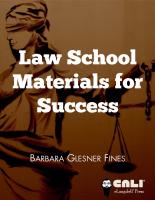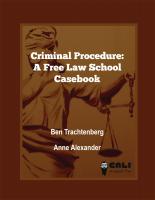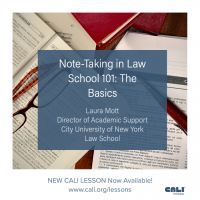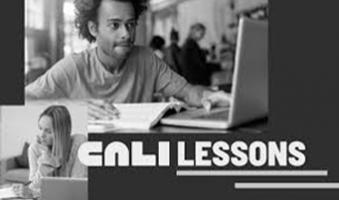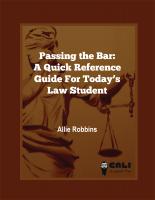CALI offers valuable tips for getting started as a 1L
The first year of law school is, for many people, one of the most significant transitions of their adult life. Law school demands a lot as it helps you make the transition from your prior identity as a student (or as some other occupational role) to your new identity as an attorney. To meet the demands of law school, it is often helpful to have the big picture before you begin – a sense of what it is you are trying to do as you prepare for classes, participate in those classes, review and prepare for exams, take exams, and then begin the cycle once again.
